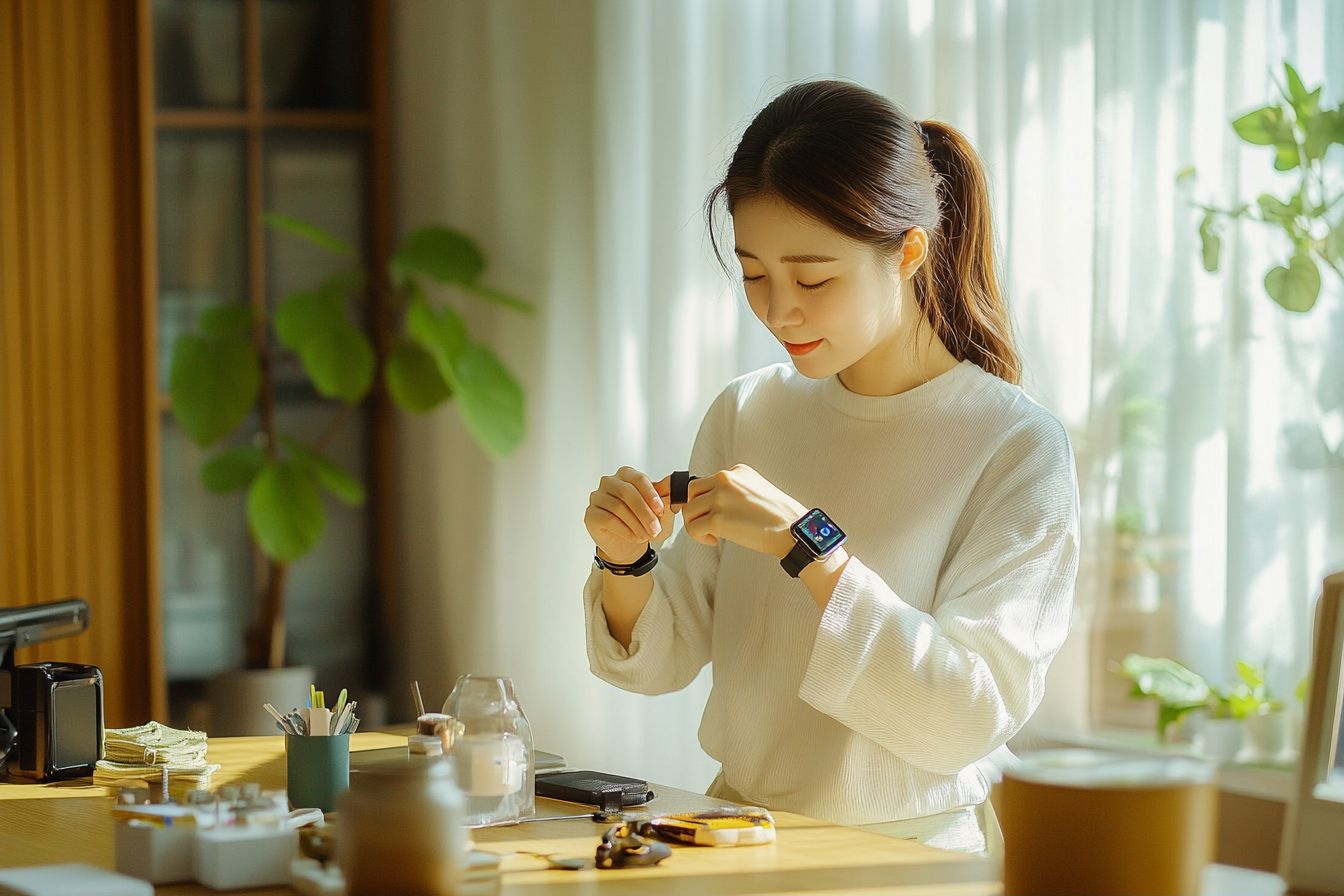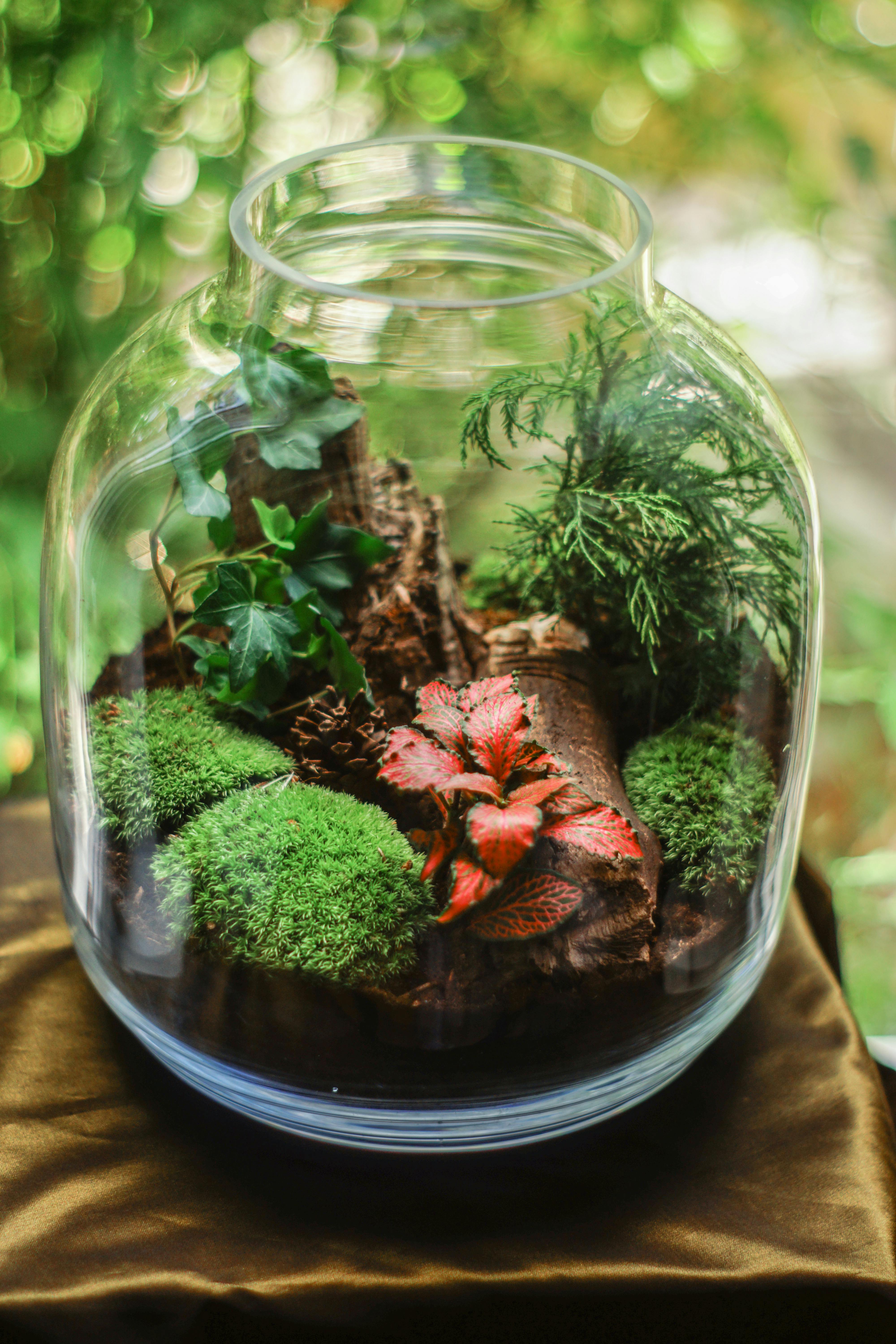Leveraging Biomimicry in Industrial Design
Biomimicry, the practice of emulating nature's time-tested patterns and strategies, is revolutionizing industrial design. This innovative approach draws inspiration from biological systems to create more efficient, sustainable, and resilient products and processes. As industries face mounting pressure to innovate while reducing environmental impact, biomimicry offers a wealth of untapped potential for breakthrough solutions.

The Foundations of Biomimicry in Industry
Biomimicry isn’t a new concept, but its application in industrial design has gained significant traction in recent years. The core principle involves studying biological entities and processes to inspire technological advancements. This approach goes beyond mere imitation; it seeks to understand and apply the fundamental principles that make natural systems so effective and sustainable.
One of the earliest and most famous examples of biomimicry in design is Velcro, inspired by the way burrs stick to dog fur. Since then, countless innovations have emerged from observing nature, from self-cleaning surfaces based on lotus leaves to wind turbine blades modeled after humpback whale fins.
Biomimicry’s Impact on Product Development
In product development, biomimicry is driving the creation of more efficient, durable, and environmentally friendly goods. Companies are looking to nature for solutions to complex design challenges, often with remarkable results.
For instance, bullet train designers in Japan studied the kingfisher’s beak to create a more aerodynamic and quieter front end. This not only improved the train’s performance but also reduced its energy consumption. Similarly, the boxfish’s unique shape has inspired more fuel-efficient car designs, demonstrating how nature’s solutions can address modern industrial challenges.
Enhancing Manufacturing Processes through Nature’s Wisdom
Beyond product design, biomimicry is also transforming manufacturing processes. Industries are adopting nature-inspired approaches to optimize production, reduce waste, and create more sustainable operations.
One compelling example is the development of self-healing materials inspired by human skin. These materials can repair small cracks or damages autonomously, extending the lifespan of products and reducing the need for replacements. This not only improves product durability but also aligns with growing consumer demands for more sustainable goods.
Biomimicry in Architecture and Construction
The construction industry is another sector benefiting from biomimetic principles. Architects and engineers are increasingly looking to natural structures for inspiration in creating more efficient and resilient buildings.
The Eastgate Centre in Harare, Zimbabwe, is a prime example. Its design mimics the self-cooling mounds of African termites, resulting in a building that maintains a comfortable temperature with minimal energy use. This approach not only reduces operational costs but also significantly decreases the building’s carbon footprint.
Challenges and Future Prospects
While biomimicry offers immense potential, its widespread adoption in industrial design faces several challenges. One of the primary hurdles is the interdisciplinary nature of the field, requiring collaboration between biologists, engineers, and designers. Additionally, translating biological principles into practical industrial applications often requires significant research and development investment.
Despite these challenges, the future of biomimicry in industrial design looks promising. As sustainability becomes an increasingly critical factor in business operations, nature-inspired solutions offer a path to innovation that is both effective and environmentally responsible.
Key Insights for Implementing Biomimicry in Industry
• Start with a clear problem statement: Define the specific challenge you’re trying to address before looking to nature for solutions.
• Collaborate across disciplines: Bring together biologists, engineers, and designers to foster innovative thinking.
• Focus on principles, not just forms: Look beyond surface-level imitation to understand the underlying mechanisms that make natural systems effective.
• Invest in research and development: Biomimetic solutions often require significant upfront investment but can lead to long-term benefits.
• Consider lifecycle analysis: Evaluate the entire lifecycle of biomimetic products to ensure they truly offer sustainable advantages.
• Embrace iterative design: Like evolution in nature, allow your designs to evolve and improve over time based on feedback and new insights.
As industries continue to grapple with the dual challenges of innovation and sustainability, biomimicry stands out as a powerful tool for reimagining industrial design. By tapping into nature’s 3.8 billion years of research and development, businesses can unlock new possibilities for creating products and processes that are not only more efficient and effective but also in harmony with the natural world. The journey of biomimicry in industrial design is just beginning, and its potential to transform our approach to innovation is boundless.





